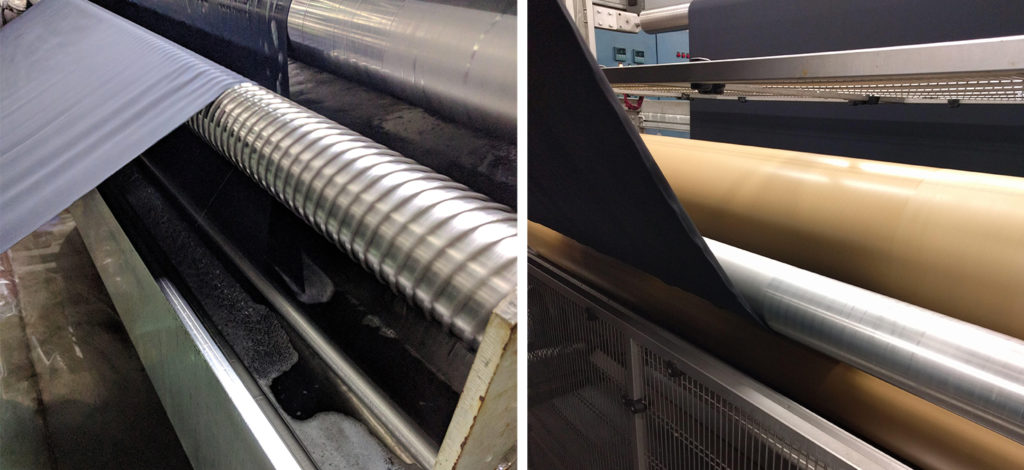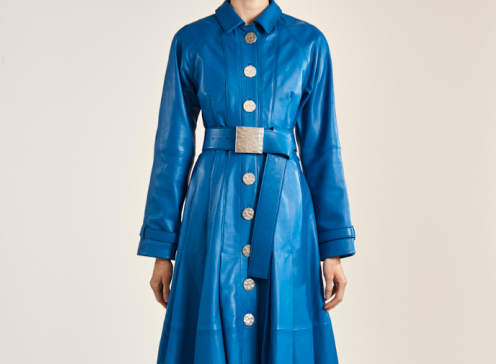Softer pajamas, wrinkle-free trousers, fewer pills on your sweaters. All of these benefits come courtesy of a process known as textile finishing. And all of them have potential to harm your body and the planet.
That silky hand feel of your favorite pajamas? It comes from silicone. Your pants have no wrinkles courtesy of formaldehyde; your sweater is pill-free thanks to polyurethane.
These chemicals—and hundreds of others—are standard in textile manufacturing, regardless of the known risk many of them carry to personal or environmental health.
The specific chemicals used by textile finishing companies might vary—and we have to say might, because the “recipes” in question fall under trade secret protection, meaning that a brand is under no obligation to tell you that the shirt it sold you is linked to, say, a heightened risk of diabetes, cancer, or abnormal fetal development. Were that same fabric being used in an application regulated by the Food and Drug Administration—like, if the material used in your top were being used as a medical bandage—it might not pass muster.
Chemical textile finishing in and of itself needn’t be harmful. We know this because that’s part of what we do. The difference is that we do it with Activated Silk™, pure silk protein that we’ve liquefied and formulated to fulfill any number of textile processing needs. When our technology “finishes” a fabric, it does so with a liquid silk solution that’s compatible with the human body and that doesn’t pollute our waterways, all while improving the performance benefits that have previously led the textile industry to rely so heavily on harmful chemicals.
The reliance on chemicals makes sense in the context of what those chemicals do. Broadly speaking, textile finishing is the process of applying a treatment to a textile to give it a specific, desirable quality. Finishing can be physical or chemical, with physical finishing using things like brushing and compacting to alter the material.
Chemical treatments are generally invisible to the naked eye—bleaching, dyeing, and printing are not part of the finishing process, and finishing are applied after those more visible treatments have been completed. Finishing can also happen earlier in the process, with fibers undergoing a treatment before being woven or knitted, but it more often happens at a later stage in textile processing.

The finishing process itself is fairly straightforward. A giant swath of fabric is hooked to a machine called a tenter frame; picture a conveyor belt-type mechanism, with fabric taking the place of the belt. The tenter frame moves the fabric through a water-based chemical bath of the finishing solution, squeezes out the excess water, and heats the fabric in an ovenlike device.
With our technology, the only change to the manufacturing process is that the chemical bath contains Activated Silk—a naturally derived solution from a material that has been used in the human body for centuries—instead of harmful chemicals.
We test Activated Silk on textiles to make sure that it not only meets performance standards but elevates them, and we designed our chemistry to be cost-neutral to swap into production. There’s an alternative to harmful textile finishing processes now. It’s time to use it.
